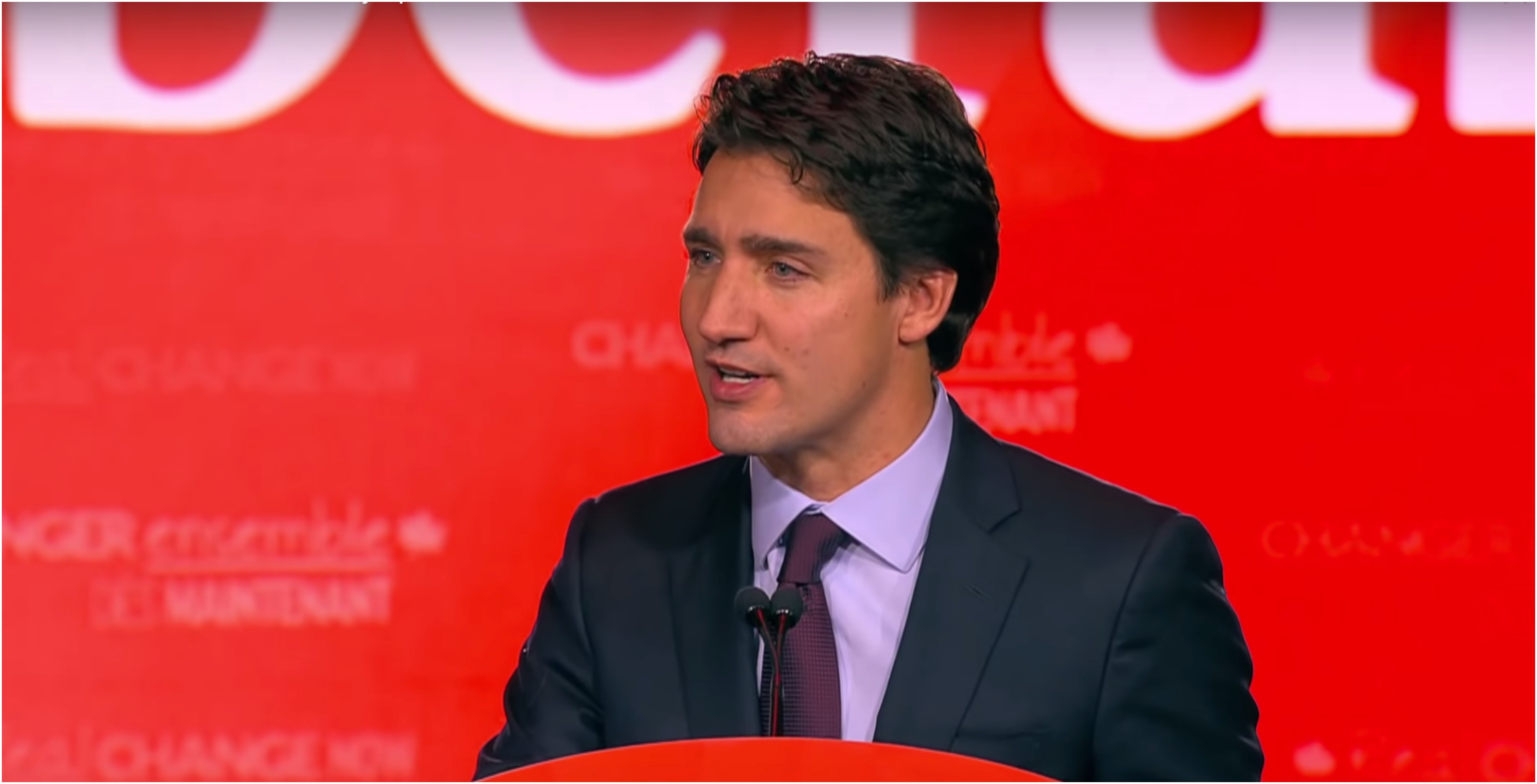
Industry stakeholders are pleased with the new investments made towards getting 100 percent of Canadians connected to high-speed internet by 2030, and applaud that Prime Minister Justin Trudeau’s Liberal government has “recognized the scale of the issue.”
Andy Kaplan-Myrth, vice-president of regulatory and carrier affairs at TekSavvy, said there was a lot to unpack in Budget 2019, which was tabled on March 19th.
“We support the government’s action to get Canadians access to high-speed internet services,” he said in an interview with MobileSyrup. “It’s good to see bold moves, to put money behind some real targets and that the government is recognizing the scale of the issue.”
The final budget before the federal election later this year will invest in $1.7 billion CAD over 13 years to provide access to speeds at least 50Mbps download speeds and 10Mbps upload speeds by 2030. The government expects that by 2026 95 percent of Canadians will be connected to high-speed internet services.
“I understand that 2030 can sound like a long way away, but telecom moves really slowly and we’ve been talking about getting competitive access to fibre for seven years and that’s still the new game in town,” he said. “I think that’s probably a realistic timeline if you’re going to hit a target of 100 percent.”
Matt Stein, CEO of Distributel and chair of the Canadian Network Operators Consortium (CNOC), said that it was a great initiative and applauded the government for taking broadband internet services seriously.
“They’re taking a problem that others haven’t talked about before,” he said in an interview with MobileSyrup.
CNOC is an organization with over 30 independent Canadian telecommunications providers and represents interests relating to high-speed internet accessibility, VoIP, and privacy.
50/10 speed target should be revisited periodically to ensure its appropriate
One caveat Stein mentioned was that while the 50/10 speed target was good, this plan is going to happen in 10 years and that by then things could look different.
“It’s important the government looks at this then and asks if this is an appropriate speed,” he said, adding that it’s not unrealistic to reach these targets, but important to keep re-evaluating the service and if it’s still applicable as targets are achieved.
Michael Geist, Canada Research Chair in internet and e-commerce law at the University of Ottawa, said in an email that “a firm commitment on the issue was long overdue.”
“The most important aspect is a clear policy of universal, affordable broadband access at speeds that exceed what the CRTC seemed comfortable with last year,” he said in an email. Though for Geist these timelines were lengthy.
The Federation of Canadian Municipalities’ president Vicki May Hamm said the group was incredibly pleased. In a phone interview, she said that the funding that was detailed in the budget “totals up to the same amount” that FCM was asking for. The FCM represents almost 2,000 municipalities and FCM has been lobbying the government for a while for broadband internet services to be accessible to communities.
“This is what we were expecting, money wise, and it’s also recognizing our expertise and the need for broadband. This is going to be important,” she said.
Hamm did note that several members commented on the 50/10 speed target and that in 2030 that might not be enough. She said that it was something FCM would continue to look into.
“We are going to have to reconsider that amount with all the new technology that is emerging. I’ve been hearing that [issue] and we will continue to look into it,” she said.
Private sector funds should be allocated correctly: OpenMedia
Laura Tribe, executive director of OpenMedia, said in a phone call that the government was smart in having these goals established in its budget.
“In terms of a timeline, I think for someone who is looking for increased connectivity in your area, 11 years from now feels too far away, I think that the only thing that’s comforting to these people is that at least we have a timeline to work with. To date, we haven’t had a goal and we haven’t had anything to hold the government accountable for,” she said.
Tribe questioned how the government will ensure that the private sector investment will be made and that it will go towards areas where high-speed internet services are most needed.
Part of the new announcement is that the government will work with the Canada Infrastructure Bank (CIB) for funding. The CIB will seek to invest $1 billion over the next decade and leverage at least $2 billion in additional private sector investment.
“It’s one thing for the government to say it will work with the private sector, but it is unclear in the plan as to how the government will ensure that collectively all of those investments and initiatives will build that clear cohesive connected Canada that they have outlined,” she said.
The government noted that it will also be adding to the Connect to Innovate fund that was announced in 2016, but did not mention how much money will be put into it.
Byron Holland, president of the Canadian Internet Registration Authority (CIRA), made similar remarks to Tribe in that the government should ensure “that public funds be invested efficiently so as to maximize the benefit to Canadians.”
The CIRA manages internet domains on behalf of all Canadians and is a member-based organization.
Others like Jay Tomson, CEO of the Canadian Communication Systems Alliance, said that more details need to be hashed out of the programs and how the funds will be allocated but said he too was pleased.
“We are pleased to see additional funding, which will be important for allowing more and more Canadians to get access to broadband services,” he said in a phone call.
MobileSyrup may earn a commission from purchases made via our links, which helps fund the journalism we provide free on our website. These links do not influence our editorial content. Support us here.


